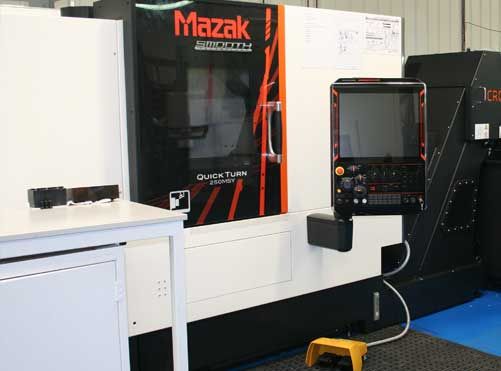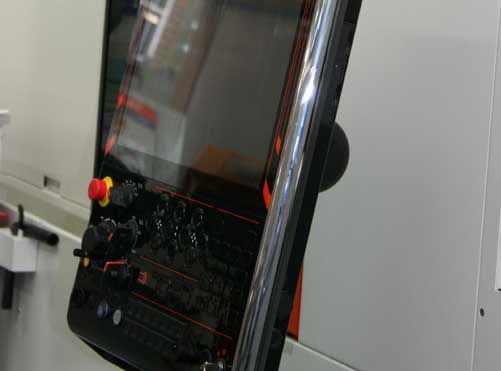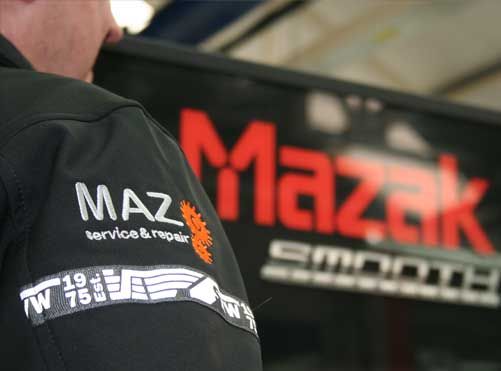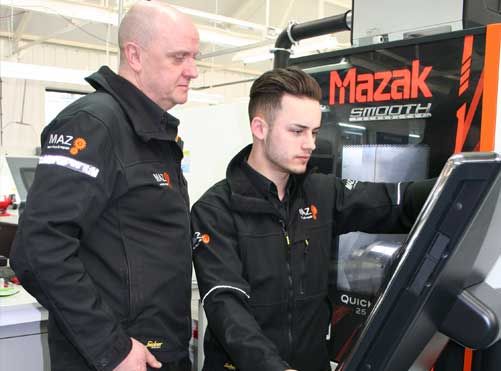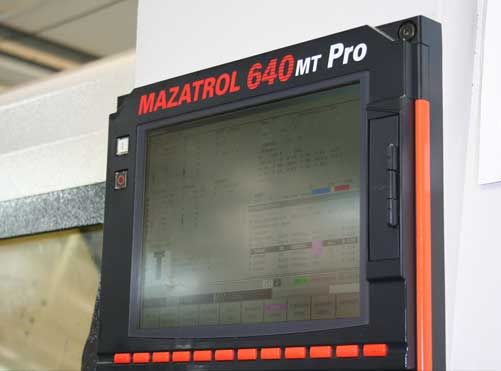

CNC Routers For Sale
Find the best value & quality CNC routers for sale in the UK. If you’re looking for a reliable CNC router that will do what you need it to, efficiently and effectively, then you’ve come to the right place.
We don’t just supply them, we’re here for all your CNC router support needs, whether it’s a spare part, advice on optimum efficiency, or an emergency call-out.
Our CNC routers can be delivered to your premises, installed, and set up, so they’re ready to start working. Each one comes with a 12-month warranty, and we are always available to deal with any questions as well as all your servicing and maintenance needs. We have a large customer base and most of our customers have been referred to us by other customers. Our rates are competitive, our knowledge is unrivalled, and our service standards are excellent – with most issues diagnosed and fixed on first inspection.
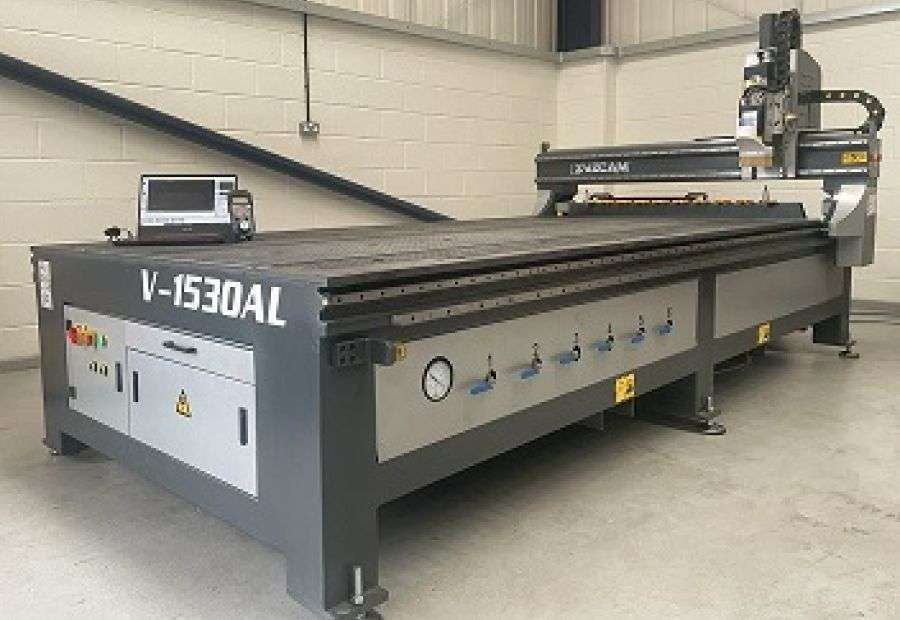
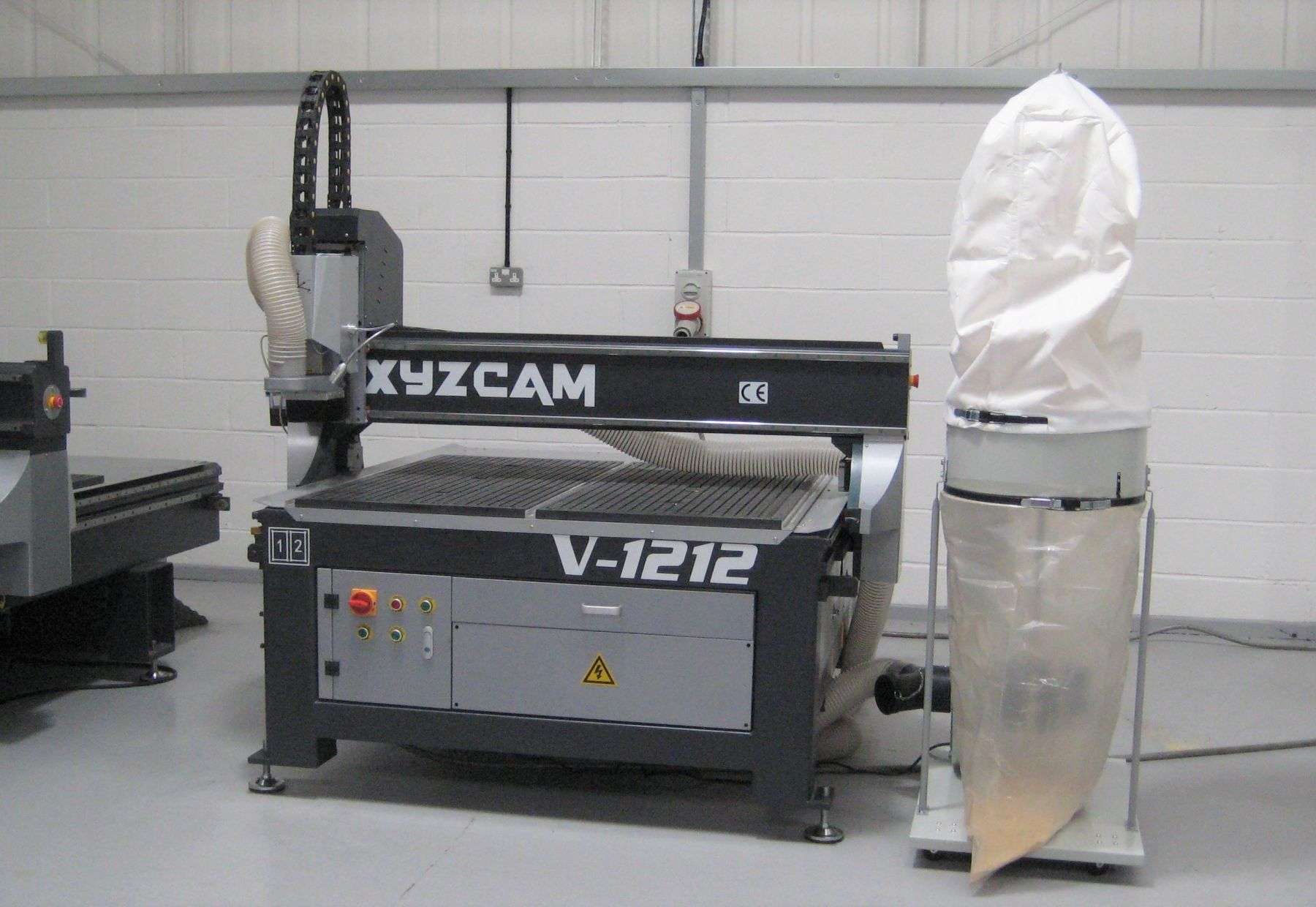
Making sure your CNC Router works perfectly
Range of CNC router machines for sale
We have 15 different sized CNC routers for sale, so we will have the right machine to suit your particular needs.
Ranging in size from 1.2m x 1.2m up to 3m x 3m, we can advise on the best machine to suit both your short-term and long-term needs.
Industries who use our CNC routers
Our CNC routers are popular with signwriters, TV studios, joiners, shopfitters, theatres, and TV studios who want the control of producing their own wooden structures themselves. They can keep a close eye on the quality, save money by not having to outsource, and manage their own deadlines.
All our CNC router machines for sale are CE certified, come with a 12-month warranty and are fully supported by specialist, highly experienced UK service engineers. They’re efficient, affordable and have an incredible cut quality.
We pride ourselves on outstanding customer service and are always on hand to help our customers – whether they need a quick question answering, or an emergency call-out.
We can supply the relevant 2D or 3D software so you can create the structures you need to, with precision and efficiency. And we’re always on hand to answer your questions and provide full software support if you’re having problems with any of our CNC router machines for sale.
We’re constantly trying to improve our efficiency, so we improve our customers’ efficiency too. We carry a large stock of Mazak spare parts to ensure any downtime is minimised, and our range of CNC routers for sale all offer full offline programming.
How Does a CNC Router Work?
By exceeding prior levels of efficiency, CNC routers have transformed the way many people and industries produce their products. What is a CNC router, though, and how does it operate? Here is a description of CNC routers so that you may comprehend their fundamental operation.
CNC routers are machines used to cut many types of materials, such as wood, plastic, aluminium, and high-density foam. Computer software and electronics are used to manage machines through CNC, or computer numerical control, rather of a direct human operator.
In most cases, CNC machines can cut along three directions known as the X, Y, and Z axes. The X-axis is the front to back direction, which is usually the longest. The Y-axis is the left and right direction, and the Z-axis is the up and down direction. Because they run on computers, CNC routers are faster and more precise than humans, making them useful in manufacturing.
In their most basic form, a CNC router consists of four components, the cutting bed, the spindle, the drive system and the controller.
CNC spindles, play a crucial role in machining, these components are fundamental to a fast and efficient process, while also ensuring that produced elements are as precise as possible. It sits on the end of the robotic framework by which it moves around. The spindle cuts by rotating its cutting bit at different speeds depending on the material. Softer materials generally require higher revolutions per minute (rpm), while it will cut harder materials at slower speeds.
The cutting bed is the flat surface on which the CNC works. It is where the user will place the materials that they need to cut. The operator can then secure the material to the cutting bed firmly by using screws or adhesives, or clamps and bolts in T-slot deck variants, or through mechanisms like vacuum suction which is available on an array of CNC tools. This ensures the material will not move.
The brains of the machine, the CNC controller, and a computer work together to direct its functions. A person can create designs for cutting in the computer first with the help of software. The g-code sends the necessary signals to your machine’s motors for it to perform tasks, whether that be drilling, cutting, engraving, or anything else. The user will communicate designs to the CNC controller through a post processor that translates the design file (CAD) to g-code.
